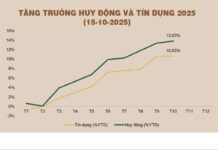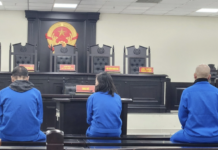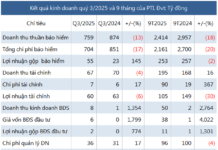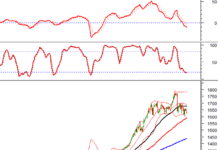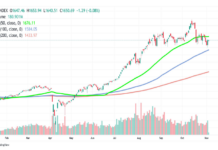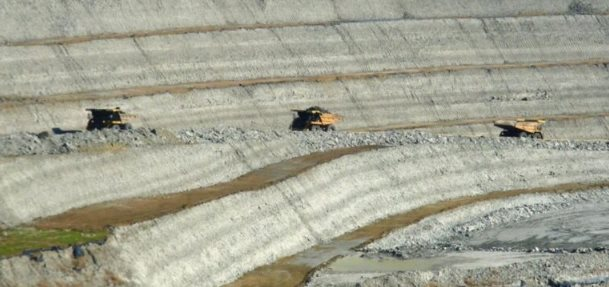
Illustrative Image
Tomtor, Russia’s largest rare earth deposit, has emerged as a focal point as nations worldwide strive to diversify their supply chains for strategic metals. Located in northern Yakutia, Siberia, this deposit plays a pivotal role in Russia’s plans to boost metal production for defense, smartphones, and electric vehicles. Success here could significantly reduce reliance on China, which currently controls 95% of global rare earth output.
However, the Tomtor project remains in its pre-commercial phase. President Vladimir Putin has criticized ThreeArc Mining, the operator, for delays in development. He emphasized the need for capital investment or third-party partnerships, including state involvement, to harness this strategic resource effectively.
“They must either invest or establish partnerships with other companies and the state. This is a critical resource the state needs now,” Putin stated during a Kremlin meeting with First Deputy Prime Minister Denis Manturov.
Before the Ukraine conflict, Russia aimed to invest $1.5 billion in rare earth development, targeting second place in global production by 2030. However, ownership shifts post-Ukraine actions and Western sanctions have stalled Tomtor’s progress.
Tomtor’s reserves are estimated at 11.4–13.2 million tons of ore, containing 5.9% niobium oxide (Nb₂O₅) and ~15% rare earth oxides (REE) in the Buranny area. This could supply Russia and international markets for decades. Yet, challenges abound: extreme Arctic conditions, limited transport infrastructure, high investment costs, and stringent environmental regulations due to radioactive byproducts.
Additionally, refining rare earths requires advanced technology, much of which is controlled by China, hindering Russia’s full autonomy. The lack of capable investors and stable funding further complicates matters. Putin stressed that without direct investment, the project must engage other companies or state entities for effective resource utilization.
If successfully developed, Tomtor offers immense economic and strategic benefits. Russia could achieve self-sufficiency in rare earth metals, supporting defense, tech, and clean energy sectors while reducing dependence on China. The project also presents opportunities for domestic and international investors in mining, processing, and high-tech exports.
Strategically positioned with vast untapped potential, Tomtor could reshape the global rare earth supply chain, creating new markets and value in strategic materials. Mining operations would also generate local jobs, improve infrastructure, and drive technological innovation, though environmental and social considerations remain crucial.
As nations seek to reduce reliance on China for rare earths, Tomtor stands as an untapped treasure. For Russia, it represents both a significant opportunity and a complex challenge to address.
BRICS Nation Surprises with $870 Million Investment in Rare Earths, Challenging China’s Dominance
India is quietly funneling trillions of dong into rare earth elements, strategically carving out its own “golden mine” in this critical sector.






